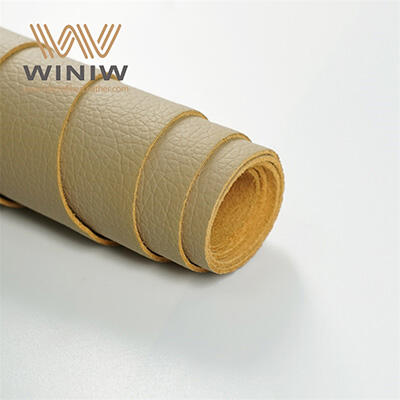In the ever-evolving world of fashion, materials play a pivotal role in defining trends, durability, and sustainability. Among the various options available, artificial leather, often referred to as faux leather or synthetic leather, has emerged as a significant player. But how sustainable is artificial leather within the fashion industry, and what does it mean for both consumers and the environment?

To start, artificial leather is a man-made material designed to mimic the appearance and, in many cases, the texture of genuine leather. It typically includes materials like PU (polyurethane), PVC (polyvinyl chloride), and microfiber leather. Each type has its unique properties and applications within the fashion and manufacturing sectors.
Sustainability Aspects
-
Environmental Footprint: Unlike genuine leather, which is derived from animal skin and involves processes that can have significant environmental impacts, artificial leather is produced without harming animals. Additionally, the production of synthetic leather often requires less energy and generates fewer greenhouse gas emissions compared to traditional leather tanning processes.
-
Resource Efficiency: Synthetic leather can be made from petroleum-based chemicals or recycled materials, such as plastic bottles and waste fabrics. By utilizing recycled materials, artificial leather contributes to reducing waste and conserving natural resources.
-
Durability and Longevity: While the durability of artificial leather can vary depending on the quality and manufacturing process, many synthetic leather products are designed to be long-lasting and resilient to wear and tear. This extends the lifespan of fashion items, reducing the frequency of disposal and promoting a more circular economy.
-
Chemical Use: However, it's important to note that the production of artificial leather may involve certain chemicals that can have environmental and health impacts if not properly managed. This underscores the need for responsible manufacturing practices and strict regulations to ensure the safety of both workers and the environment.
Consumer Perspective
For consumers, artificial leather offers a versatile and ethical alternative to genuine leather. It allows fashion enthusiasts to embrace styles that mimic the luxury of leather without compromising their values or contributing to animal exploitation. Furthermore, synthetic leather often comes with a more affordable price tag, making high-quality, fashionable options accessible to a broader audience.
Industry Trends
As the fashion industry increasingly prioritizes sustainability, artificial leather is gaining traction as a viable and responsible material choice. Brands and designers are embracing synthetic leather to create innovative and eco-conscious collections that resonate with consumers who are conscious of their environmental footprint.
In conclusion, artificial leather presents a compelling case for sustainability within the fashion industry. By offering a durable, ethical, and often more affordable alternative to genuine leather, synthetic leather contributes to reducing environmental impacts, promoting resource efficiency, and catering to the growing demand for conscious consumerism. As the industry continues to evolve, the role of artificial leather in shaping a more sustainable future for fashion becomes increasingly significant.


 EN
EN








































